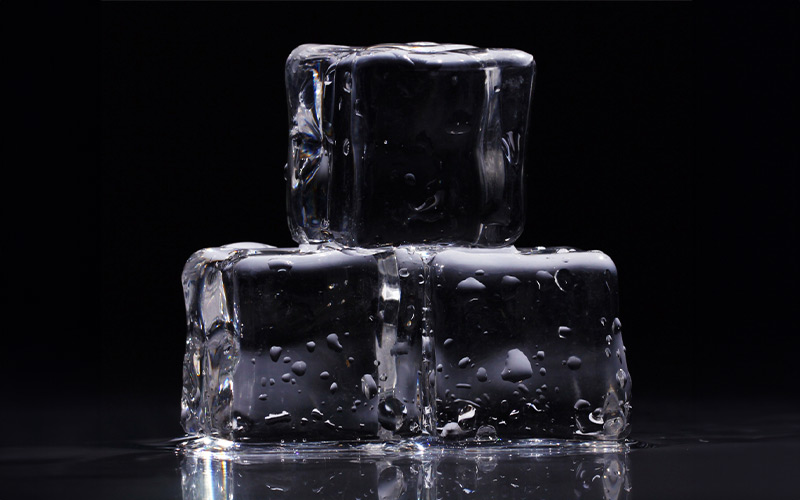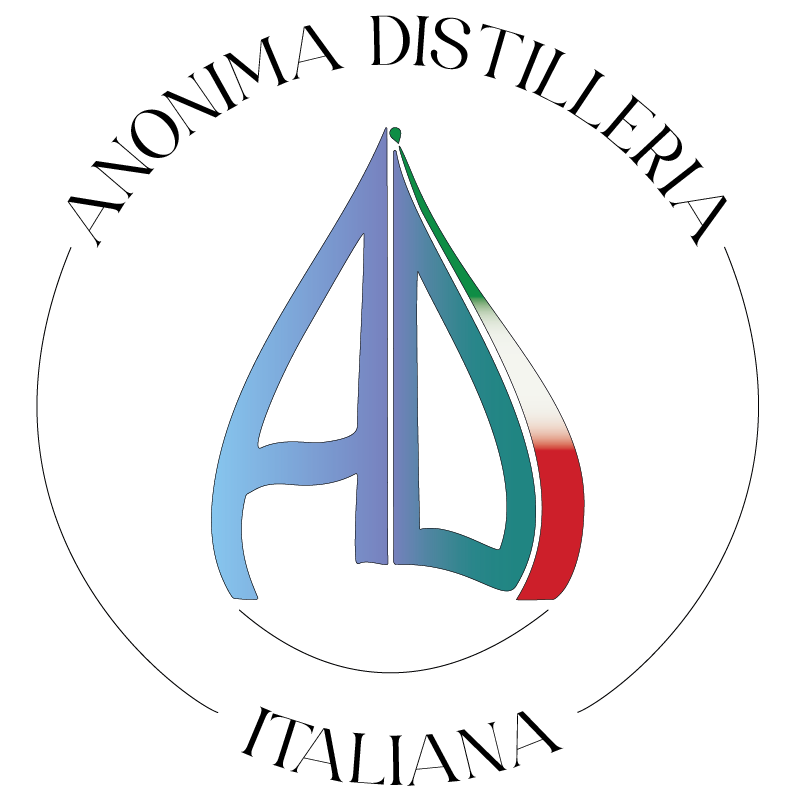- Free Shipping with an order of € 125.00 or more
- Free Shipping from € 125.00
We value your privacy
We use cookies to enhance your browsing experience, serve personalized ads or content, and analyze our traffic. By clicking "Accept All", you consent to our use of cookies. Cookie Policy
We use cookies to help you navigate efficiently and perform certain functions. You will find detailed information about all cookies under each consent category below.
The cookies that are categorized as "Necessary" are stored on your browser as they are essential for enabling the basic functionalities of the site. ...
Necessary cookies are required to enable the basic features of this site, such as providing secure log-in or adjusting your consent preferences. These cookies do not store any personally identifiable data.
No cookies to display.
Functional cookies help perform certain functionalities like sharing the content of the website on social media platforms, collecting feedback, and other third-party features.
No cookies to display.
Analytical cookies are used to understand how visitors interact with the website. These cookies help provide information on metrics such as the number of visitors, bounce rate, traffic source, etc.
No cookies to display.
Performance cookies are used to understand and analyze the key performance indexes of the website which helps in delivering a better user experience for the visitors.
No cookies to display.
Advertisement cookies are used to provide visitors with customized advertisements based on the pages you visited previously and to analyze the effectiveness of the ad campaigns.
No cookies to display.

Crystalline ice is when the water from which it comes is free of minerals. The purest ice is formed naturally on the surface of lakes, or when it is produced by special ice makers using filtered water. In the first case, the freezing speed is so low that all impurities present in the water are expelled from the crystal, whereas if we use a freezer, which has a high cooling speed, the ice will be opaque because minerals, gases and bacteria are trapped in the centre of the crystal, which freezes last compared to the sides that adhere to the container being used.
One method of making homemade crystal ice using the domestic freezer is to first heat the water so that the gases present are released, then let it cool and place it, for example, in a heat pack or polystyrene container (foto 3) or in a sea ice cooler, this will encourage very slow freezing. Note that it is necessary to leave the surface of the container open so that the ice crystals form from the top downwards, this is where the ice that will form from the top pushes the impurities out.
You can also opt for a plastic food bag filled with water and placed in a container whose walls have been previously lined with insulating material, such as cardboard (foto 1) or polystyrene (foto 2), this will favour the very slow freezing of the water, the slower the crystallisation, the more crystalline the block of ice will be.
Once ready (foto 4), temper the block by leaving it at room temperature until it is transparent and crystalline, then cut it as you wish using different tools, such as a saw or a hammer and chisel or a punch, a serrated blade knife (foto 5), a mini chainsaw, I use my own technique, a steel wire with handles of insulating material at the ends (to avoid burning my hands) that I heat with a butane torch, in this way the cut will always be clean (foto 6).

* By signing up, you consent to the processing of your personal data in accordance with European R. No. 2016/679.
© 2025 ADI Group S.r.l.s. – P.IVA 03250450594
Via Lungo Sisto, 44 – 04019 Terracina (LT)
All rights reserved. Designed by CriLab.Design